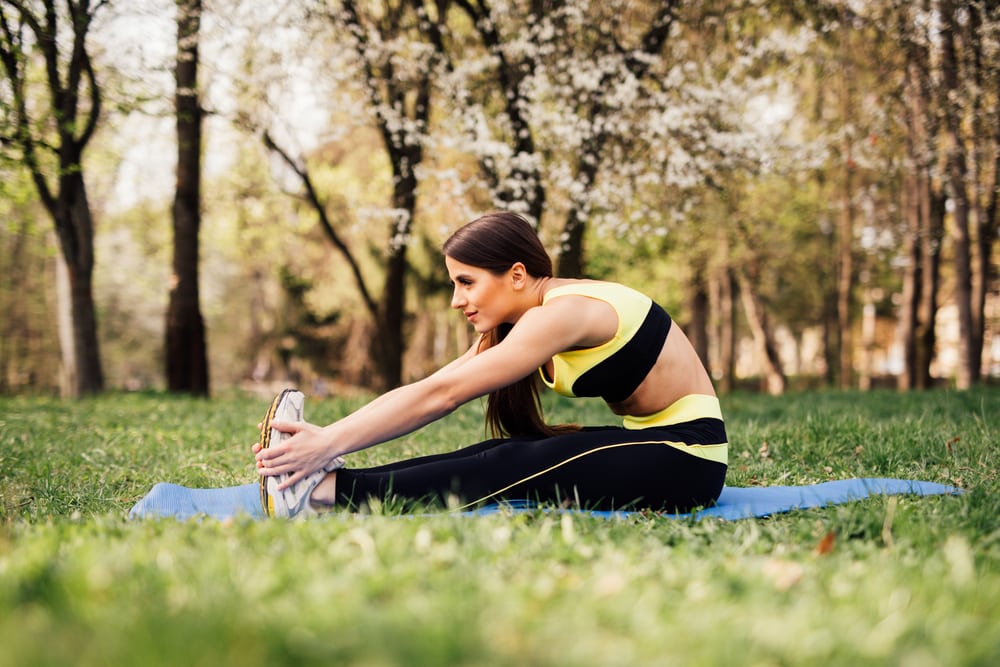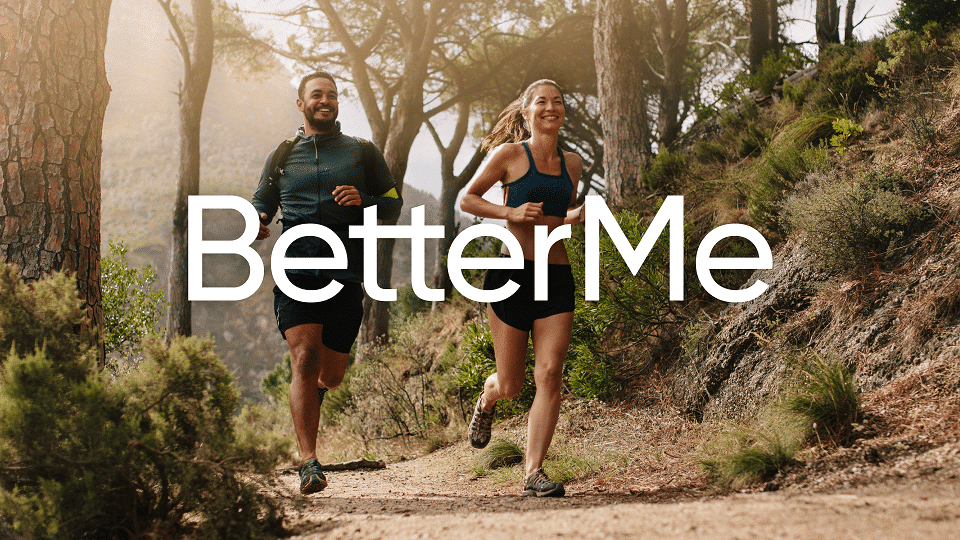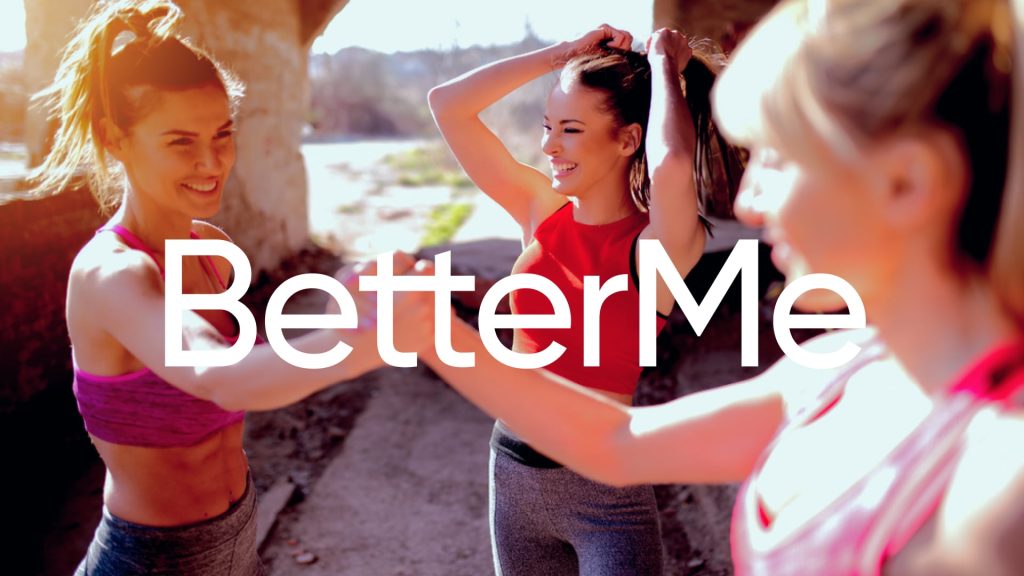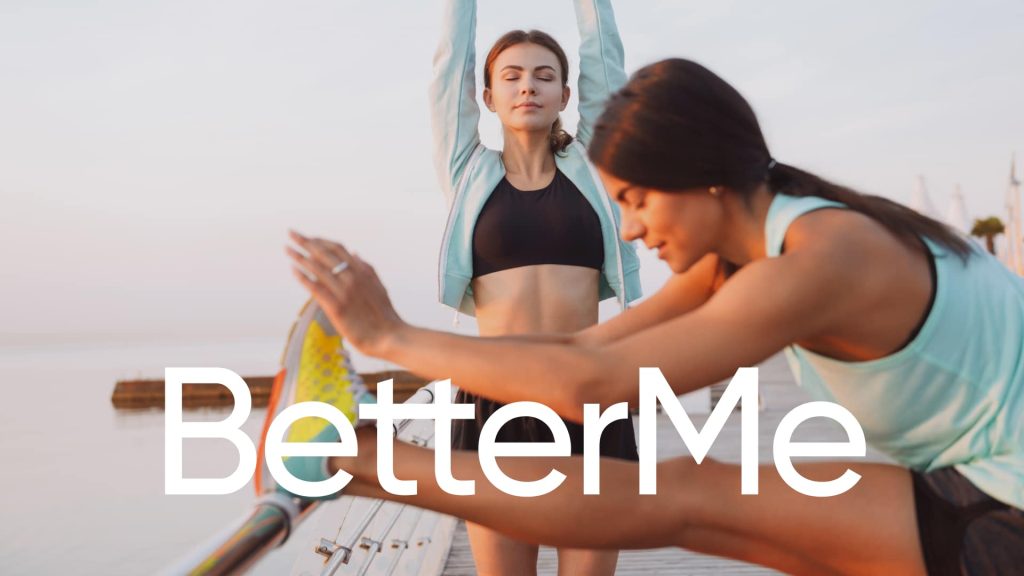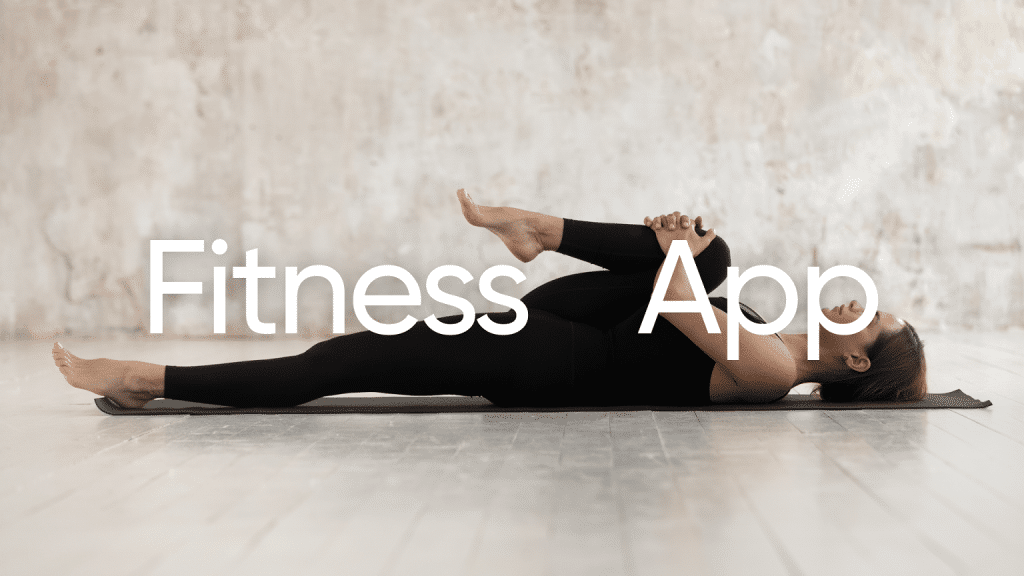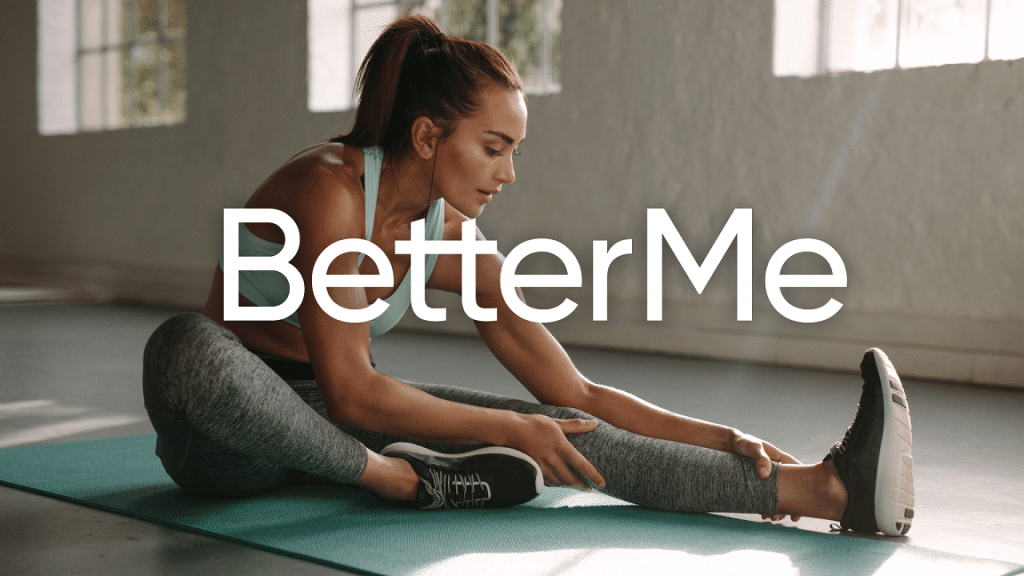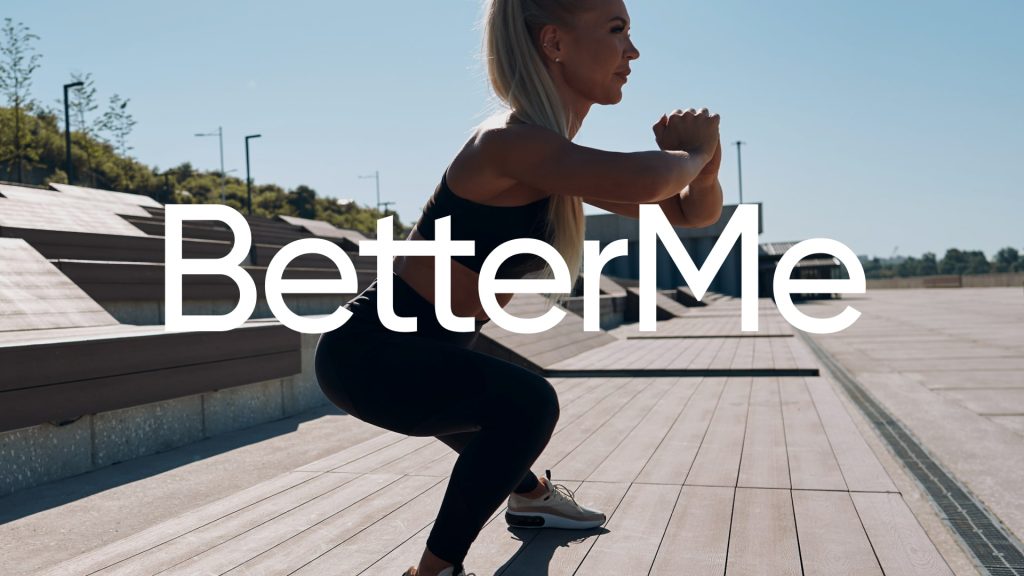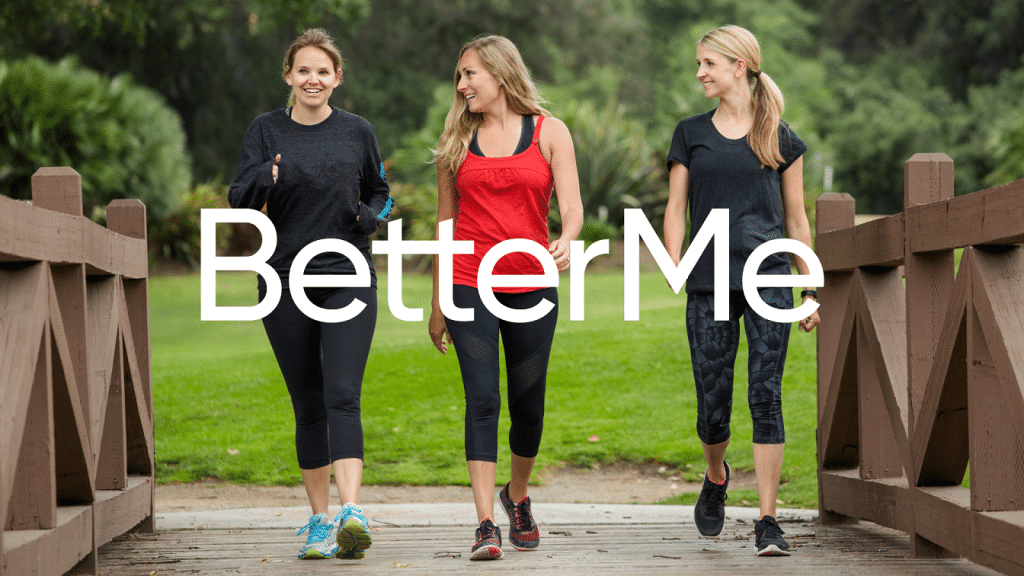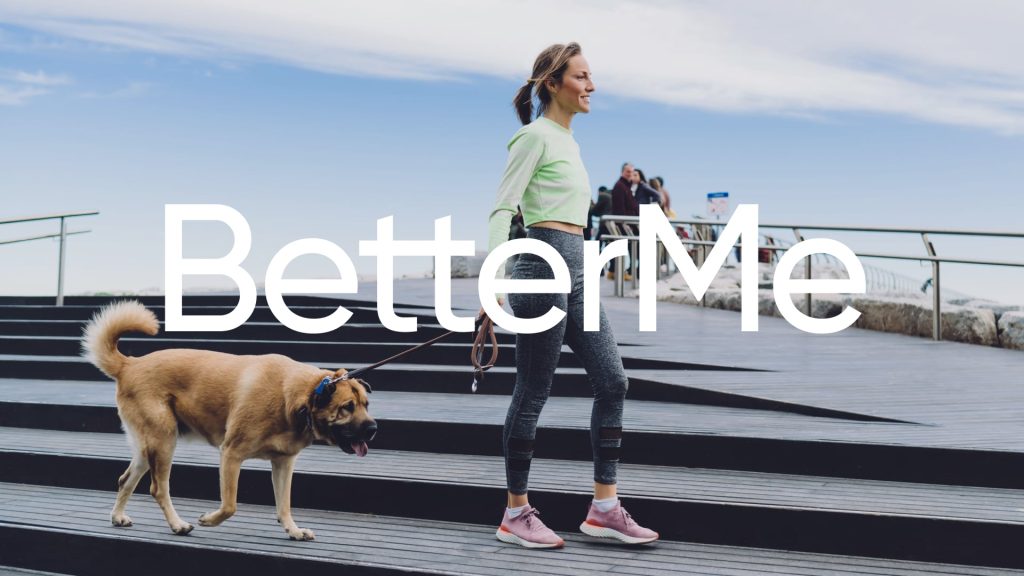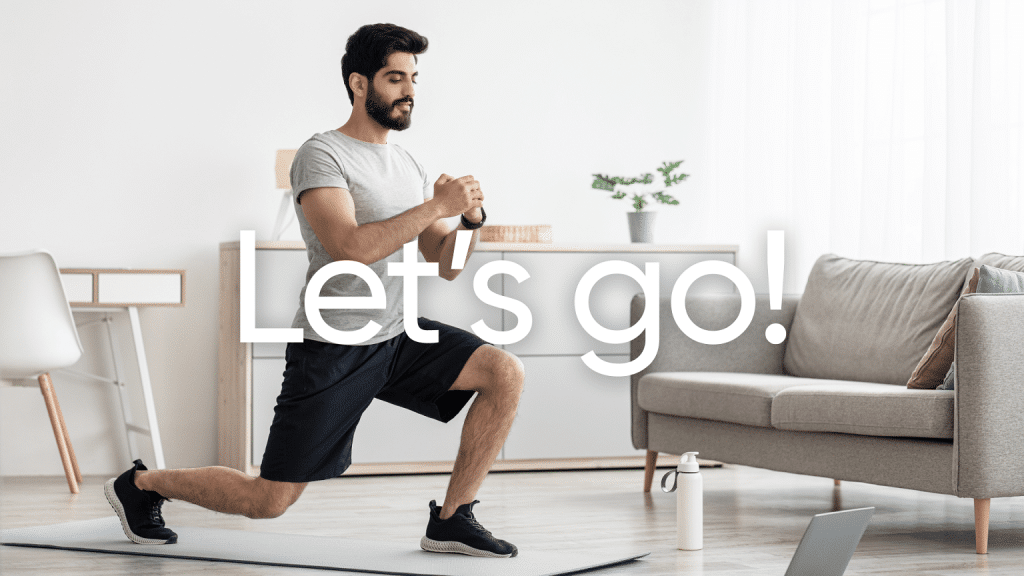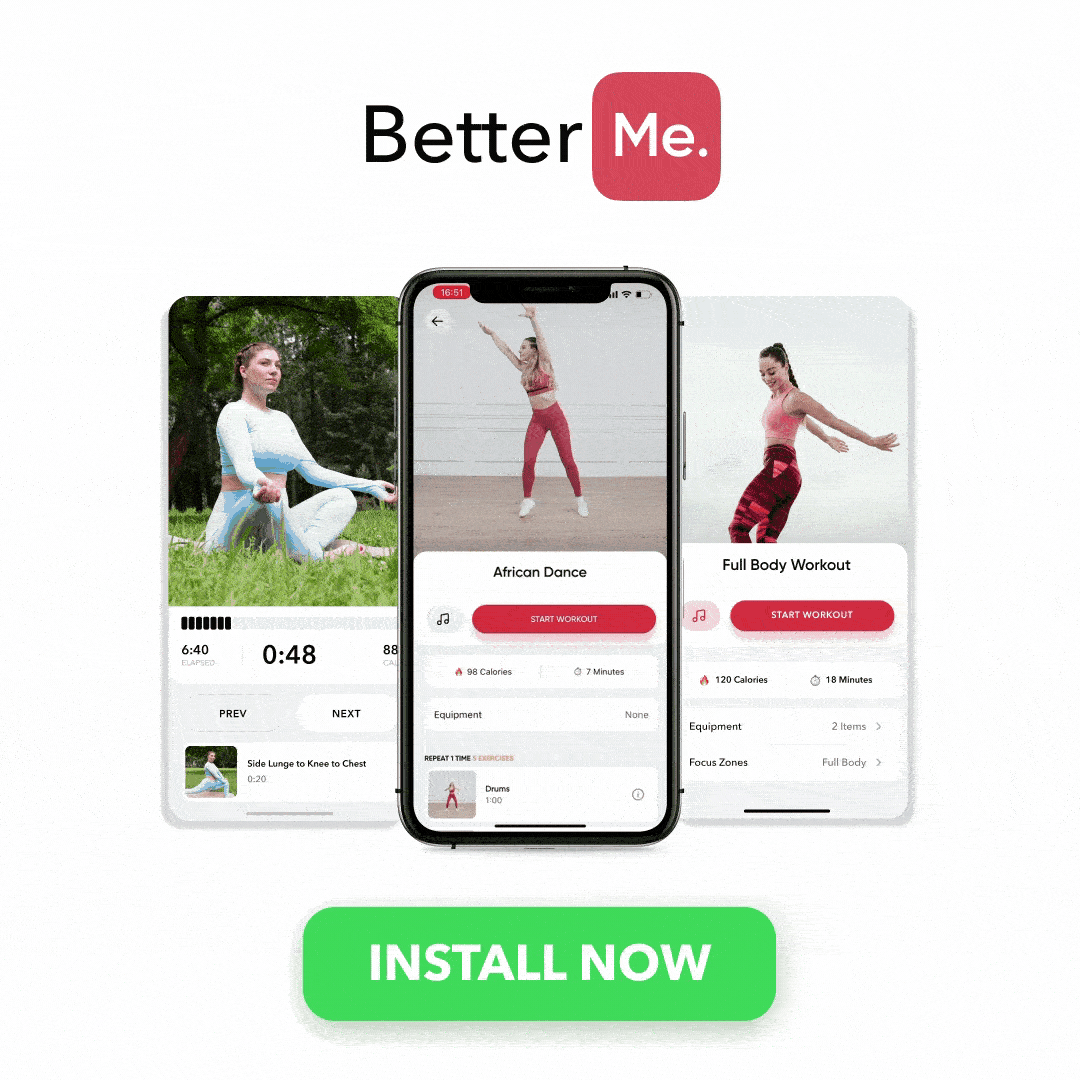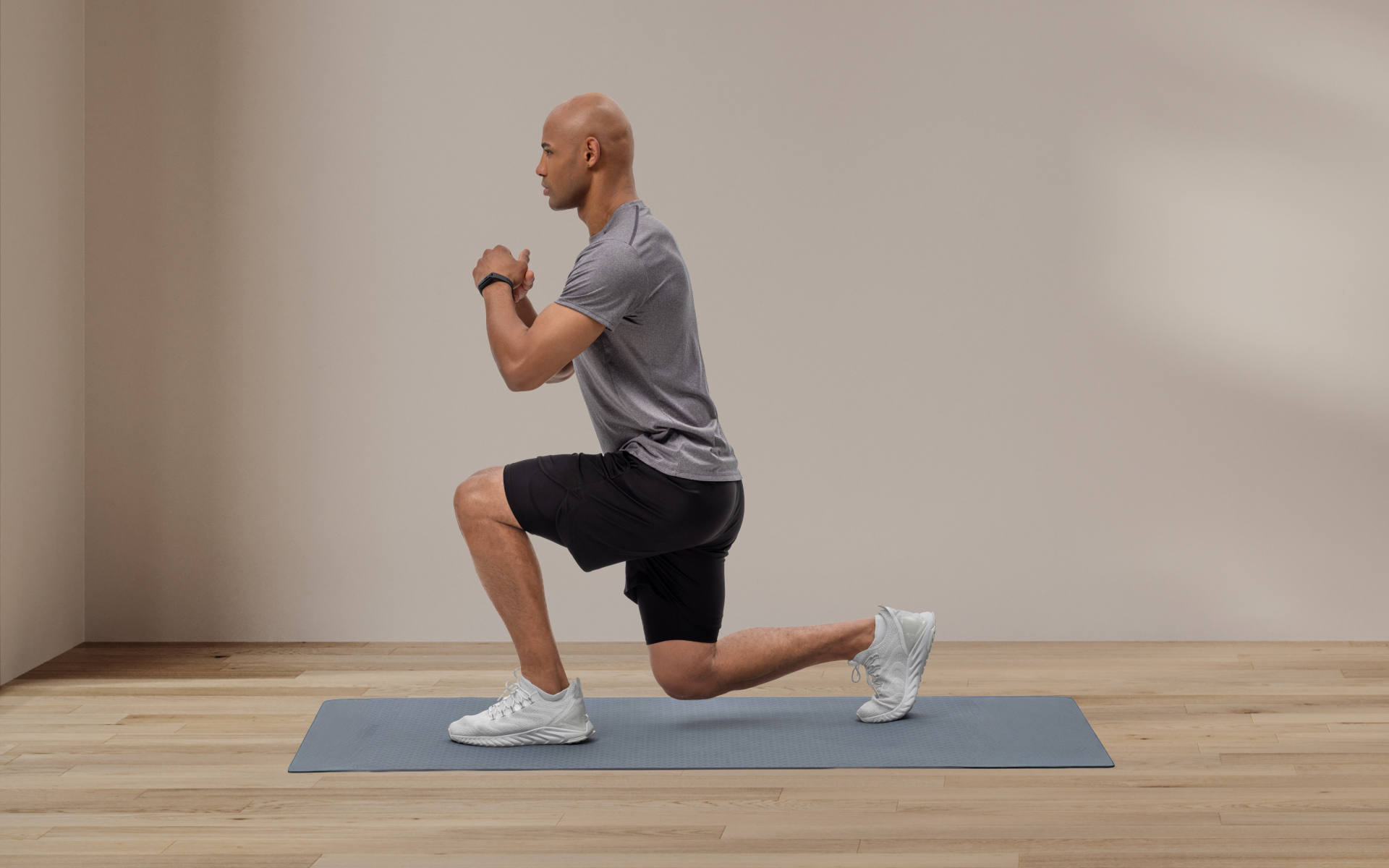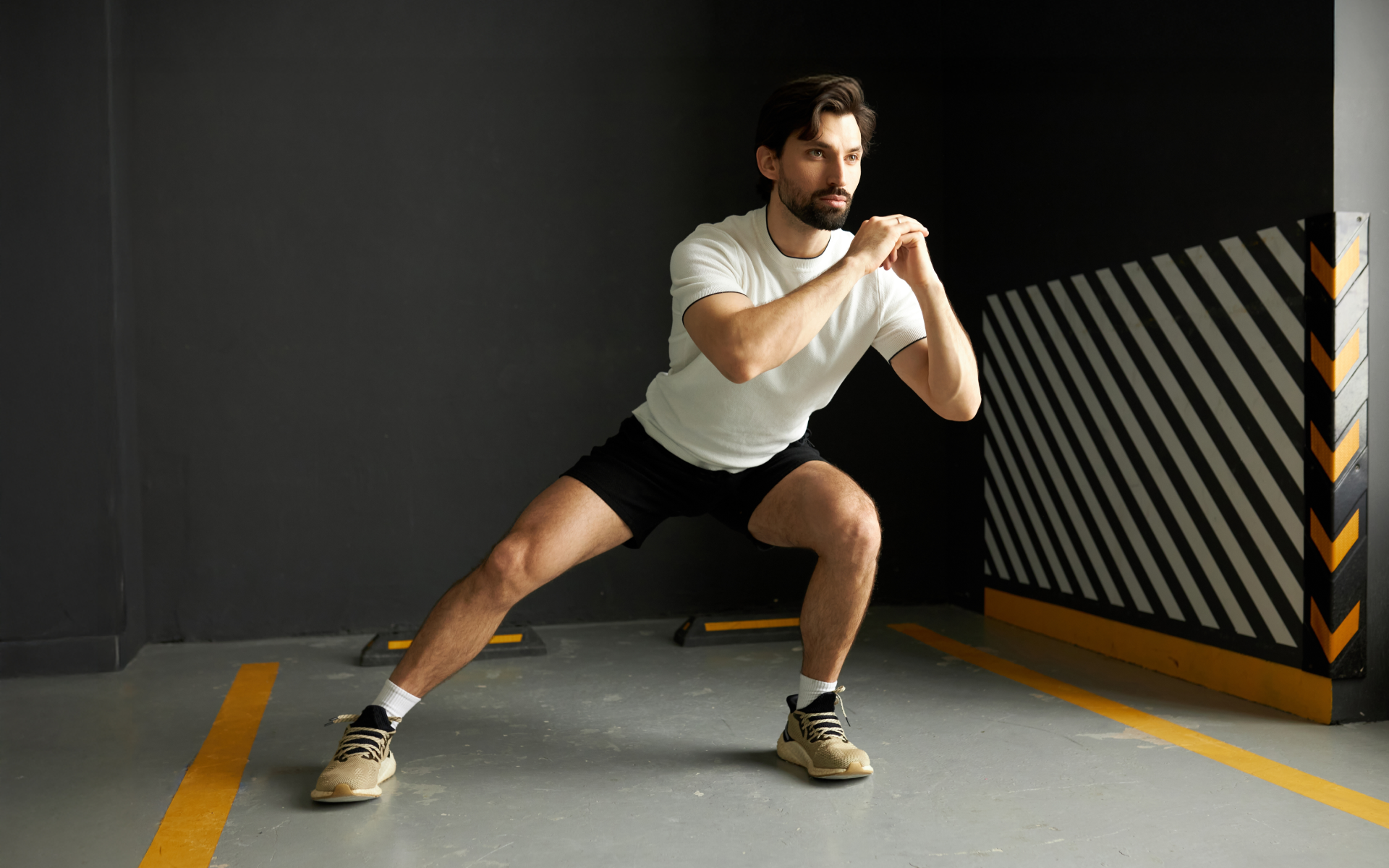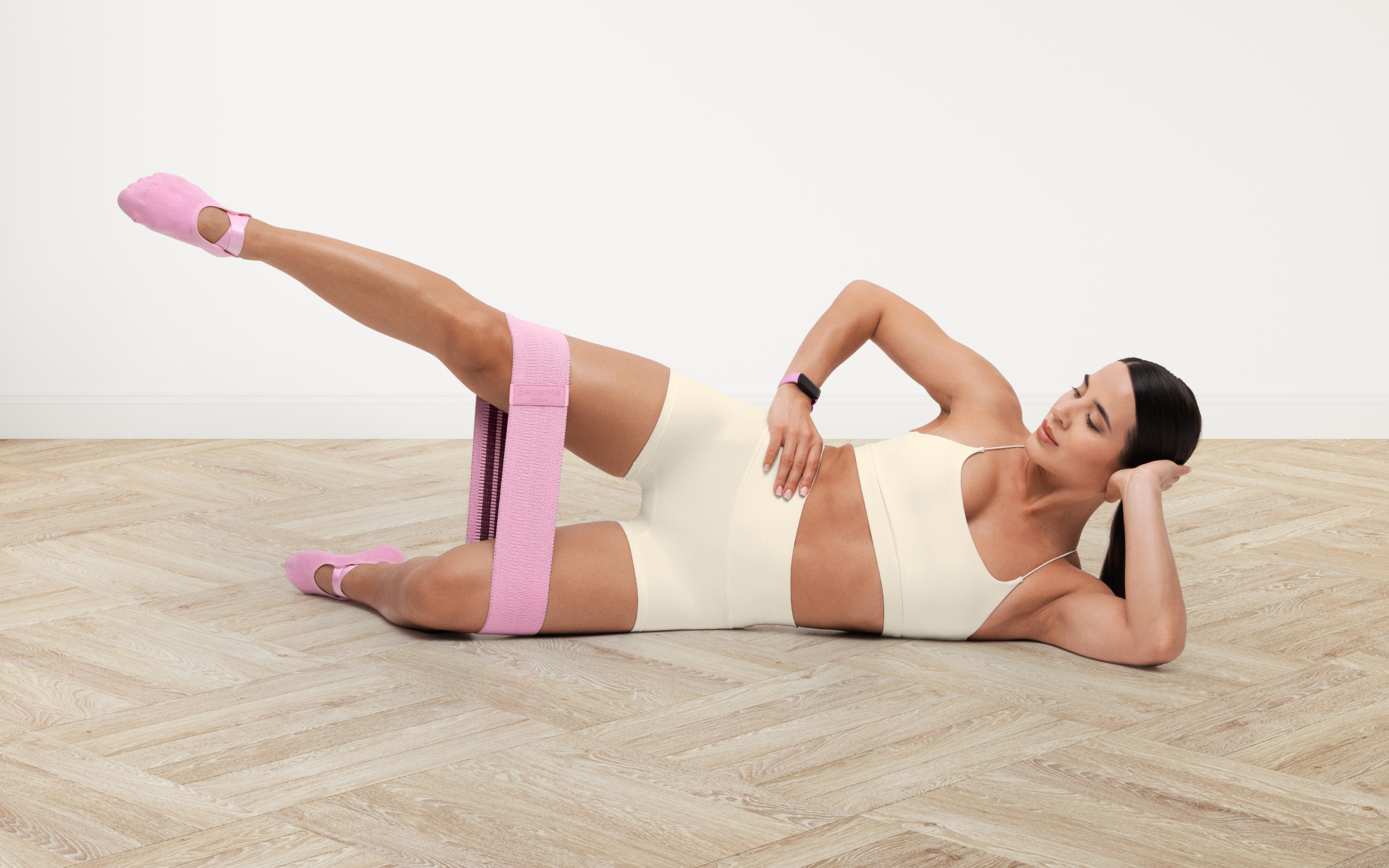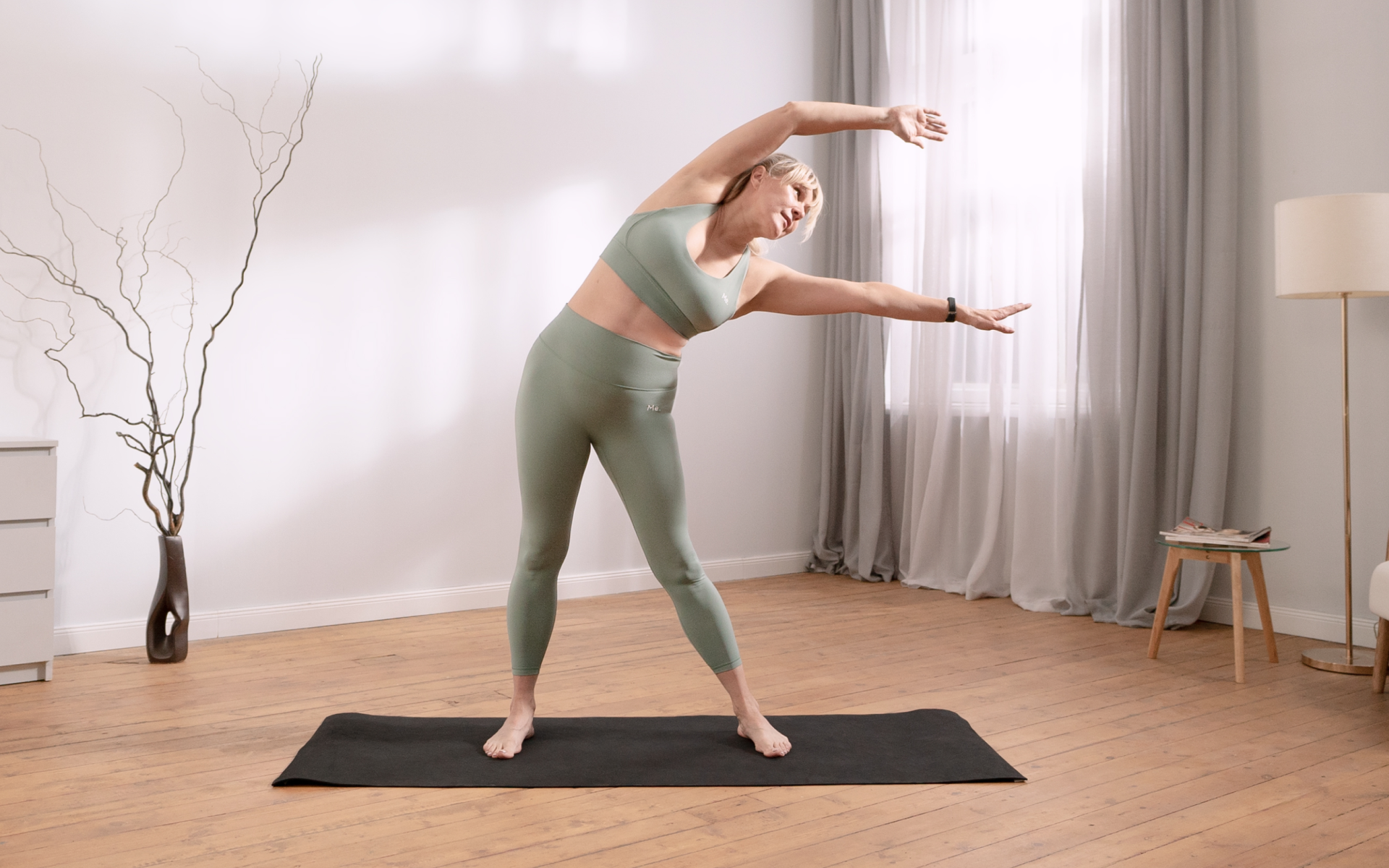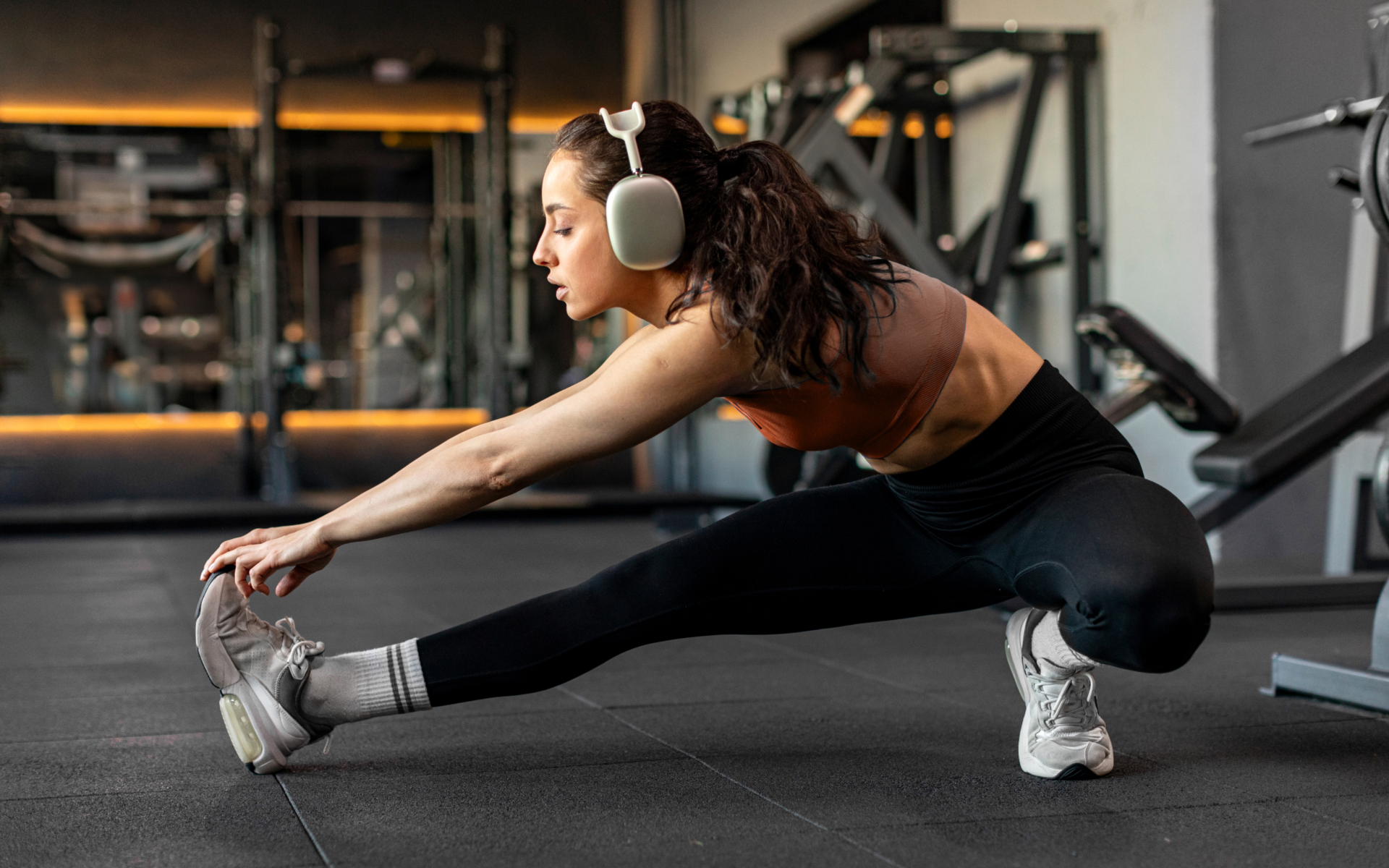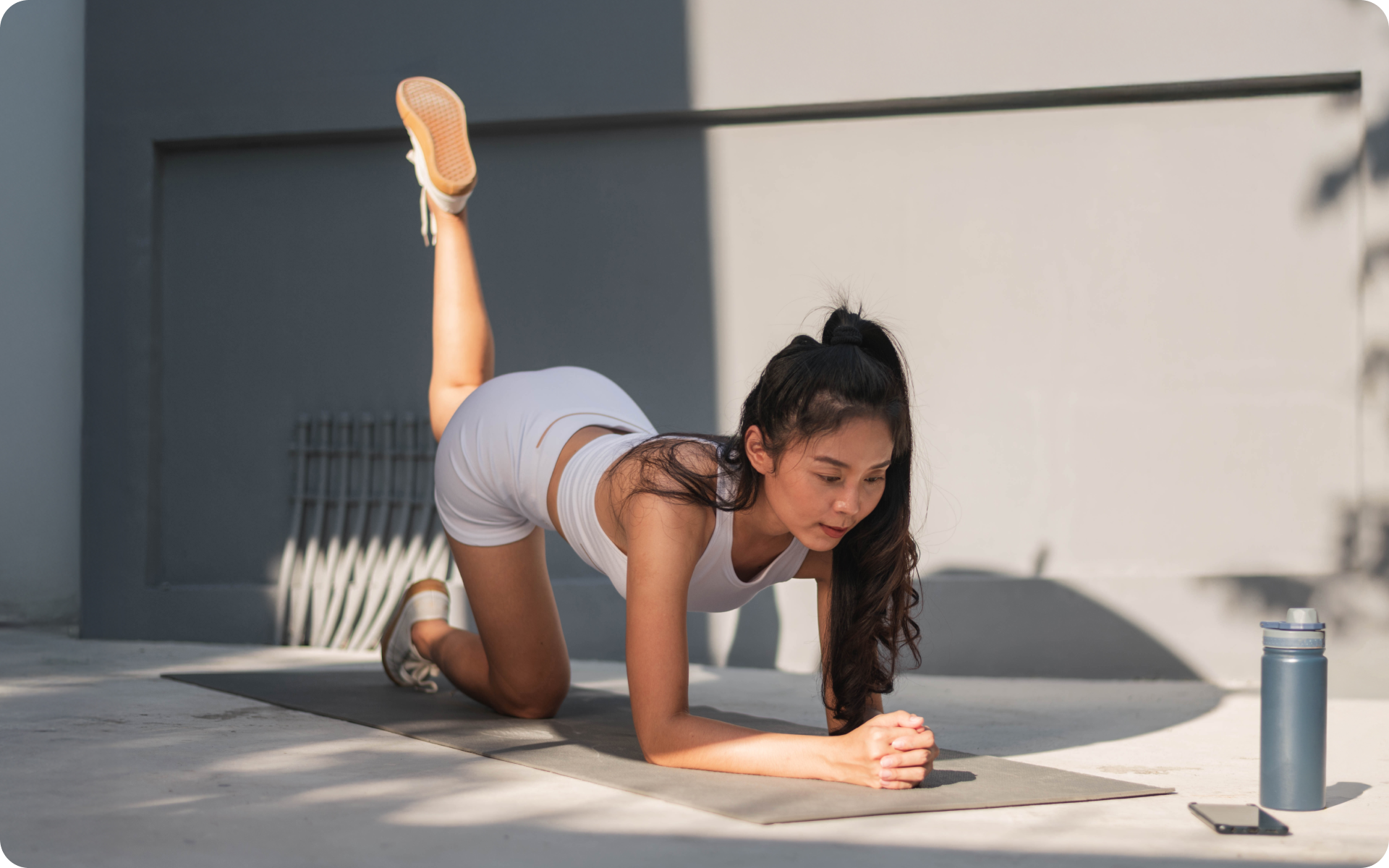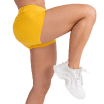You probably have heard of various leg stretching exercises that people do. Perhaps you even perform such leg stretches yourself. The advantage of such a routine is that you get to improve your balance and flexibility. In addition, you work on your muscles’ tightness, which might hinder your ability to indulge in activities such as walking, running, biking or jogging.
Get your personalized
meal plan!
However, before you stretch, you ought to know more than just the importance of stretching. This is vital because it helps you avoid repeated mistakes that may jeopardize the effectiveness of your leg stretches.
These concepts are nothing new. They include when to do your leg stretches, how to do them or what types of stretching you do. Read on as we explore the best leg stretches, how to do them and how they benefit you.
Choosing The Appropriate Leg Stretching Type
Before deciding what leg stretches you will do, you must understand various types of stretches. They all involve different forms and have different results. You could do stretches for leg flexibility, for balance, or for getting rid of muscle tightness.
Different types of leg stretches perform various functions. Here are the basic types of stretches:
Static Stretches
These are the most popular. Static stretching involves extending your muscles as far as possible and then holding this stretch for half a minute. There are two types of static stretches you can perform. They include:
- The Active Stretches: In these stretches, you either pull or push your muscles to increase the stretch intensity.
- The Passive Stretches: In these stretches, you incorporate the help of another person. They are responsible for applying force to your muscles. If not, you can apply the pressure yourself using either an elastic band or towel.
Dynamic Stretches
Dynamic stretching entails continuous movement to imitate part of the exercise or sport you are performing. For instance, if you are an athlete, you could make the kind of slow strides that raise your knees close to your chest.
Ballistic Stretches
These stretches involve repeated bouncing movements. For example, dropping into a crouch and then rising in the air by pushing with the balls of your feet. This creates a switch between high and low speed.
These stretches are great to consider when you want to stretch your calf muscles. However, never start with these exercises. Experts recommend first doing static stretching before progressing to the ballistic stretches (7).
Active Isolated Stretches
You can only do these stretches for two seconds at a time. However, you get to do several reps. In each rep, you are required to increase the intensity by increasing your stretching degree.
The Myofascial Release
You can do these stretching exercises when you have a hard foam roller. This is one of the stretching exercises that help in improving muscle flexibility. It is vital to involve an instructor if you have never used a foam roller. Otherwise, without knowledge of the proper use of the foam roller, you increase the risk of injuries.
The Most Appropriate Time To Stretch
Although it seems straightforward, most people struggle to determine the most appropriate time to stretch. Some may argue it is before exercising while others believe it is suitable after working out. The fact is that you can stretch at any time (5).
You do not have to be working out for you to try full-body or leg stretches. Instead, you can stretch after you wake up, before you sleep or when you are free. Adults who are not under rehabilitation or injured are advised to stretch two or three days a week.
You are advised to do the following when doing your leg stretches:
- Hold every leg stretch for at least 10 to 30 seconds.
- Perform every stretch either two or four times
- Stretch when your muscles are warm. It means that you, therefore, have to do a warm-up such as a light aerobic exercise. It could either be taking a brisk walk, warming up on the treadmill or jogging for a few minutes.
The Ultimate Guide To Proper Leg Stretching
You can miss out on the benefits of leg stretches if you do not perform them correctly. Here is a comprehensive guideline on how you stretch each of your leg muscles:
-
The Hamstrings
Sit on the floor and extend your legs in front of you. Straighten your back and slowly start to lean forward.
-
Your Calf Muscles
When you step out with one leg in front, shift your weight forward. Remember to press your heel firmly on the ground.
-
Your Quads
If you are doing standing up leg stretches, hold on to a stable object such as a chair. Do this using your right hand. It will help in improving your balance. Slowly bend your right leg and start reaching out your left hand behind your back. Extend as much as you can until you grip onto your right ankle.
If you struggle to even flirt with the idea of giving up your favorite foods or working out till your legs give way – BetterMe app is here to breathe a fresh perspective into the way you view the weight loss process! Check out the app and experience the fun side of fitness and dieting with BetterMe!
The Best Leg Stretches
There are numerous leg stretches exercises. They all differ in form as well as the leg muscles they target. Each leg stretch performs a different function. Let us analyze these stretches with the prime focus on the muscles they target:
Leg Stretches For Tight Hamstrings
Runners and athletes have a high risk of injuries which can cause them to develop tight hamstrings. Tight hamstrings can affect your movement ability. To avoid this, it is vital to do some hamstring stretches. Here are a couple of these exercises (6):
The Lying Hamstring Stretch
Here is how you do this:
- Lie on a carpet and fully stretch your legs out.
- Stretch your left leg by holding the back of your left knee and pulling this leg toward your chest. Then slowly start straightening the left knee to stretch this leg fully.
- Hold this position anywhere between ten and thirty seconds.
The Lying Hamstring Stretch Using A Strap
You will need a strap for this stretching exercise. Once you have it, follow these steps:
- Lie on a mat and fully extend your legs.
- We will start by stretching your right leg. So, bend it and place the strap across this leg’s ball. Hold the strap using both hands.
- Keep your left leg fully stretched on the floor with your foot flexed. It will automatically push your calf and thigh toward the ground.
- Slowly start extending your right leg with its foot still flexed. It will straighten, though still have a slight bend in the knee area. The bottom part of this leg will then face toward the ceiling.
- Pull the strap to create some tension in your hamstrings.
- Hold this stance for ten or thirty seconds. You can repeat this either two or four times.
The Standing Hamstring Stretch
If you do not want to lie down, you can opt for the standing hamstring stretch. It is as effective as the rest. It is also one of the best stretches for leg pain. However, seek medical advice before you start this stretching exercise for pain management. Here is how you do a standing hamstring stretch (3):
- Stand upright on a flat surface.
- Place one leg on a high surface such as a step and extend it fully.
- Slightly bend (not lower than your toes) using the other knee. You will feel the back thigh muscles of the elevated leg stretch.
- For more intensity in the stretch, slightly bend your hips forward. Hold this position for twenty or thirty seconds without making any movement.
- Switch and do the same for the other leg.
The Sitting Hamstring Stretch
The procedure of doing a sitting hamstring stretch is as follows:
- Sit somewhere comfortable, such as on a yoga mat or carpet.
- To stretch the left leg, bend your right leg while still in the sitting position. It will cause you to adjust to a position known as the butterfly position.
- Extend your left leg with at least a slight bend on your knee.
- Bend forward at your waist but keep your back straight.
- Stay in this position for ten to thirty seconds.
- Repeat this either two or three times.
Toe Touch
The toe touch stretch is quite vital for improving the flexibility of your hamstrings. Below is how you do a toe touch:
- Stand upright with your feet together or slightly apart, at least at your shoulder-width. Your knees must be straight but not locked.
- Bend at your hips and slowly start lowering your head toward your knees. Try to keep them as straight as you can.
- Extend your fingers to touch your toes. Relax your neck as you do this. Hold this position for thirty seconds before you slowly return to the standing position.
- Repeat this for a couple of times.
Read More: Stretching Exercise For Beginners: Getting Your Blood Flowing And Your Muscles Ready To Move
Calf Stretches
Your calf muscles run from the back of your knee to almost the half-way point of your lower leg (2). Sometimes this part may tend to be tight, resulting in either pain or soreness. You can stretch this area using the following exercises:
The Calf Muscle Stretch With Or Without A Wall
For this exercise, you can choose to use or not use the wall. Here is how you do this stretch in both techniques:
The Wall Variation
If you use the wall, then you will need to do the following:
- Stand facing the wall at least an arm’s length away from it.
- Place your left leg in front of the right one or vice versa. Extend both your arms towards the wall
- Press the back leg’s heel firmly on the floor and straighten the back leg. Your front leg should be bent. Stay in this position for fifteen to twenty seconds.
- Repeat and do the same for the other leg.
The Variation Without A Wall
If you choose not to use the wall, you will be required to do the following:
- Place the left leg in front of the right one or vice versa. Whichever leg you choose to start with depends on your comfortability and preference.
- If you choose to start with the right leg, then shift your body weight on the front leg. It should be the right leg. You should firmly press the back heel on the ground. Stay in this stance for roughly fifteen to twenty minutes.
- Repeat and stretch the other leg.
The Heel Cord Stretch With A Bent Knee
You will also need to use a wall for this exercise (1). Here are the steps of how to stretch your calf using this technique:
- Stand upright with your right leg in front of your left leg.
- The left leg will be at the back. Slowly bend it and let your hands press on the wall.
- Put both your heels on the floor and press your hips in the direction of the wall. Stay in this position for half a minute.
- Do this several times and on both your legs.
POINT: When stretching using this exercise, let your hips be centered over both your feet. Do not lean excessively or whatsoever on either side.
The Wall Push
You can also stretch your calf muscles by doing the wall push exercise. As the name implies, the practice involves pressing against the wall and pushing it. Here is how you do this exercise:
- Stand in front of a wall, at least your arm’s length away.
- Place both of your hands on the wall, at your shoulder height. It means that they should not be higher or lower than your shoulder height.
- Take a huge step back using your right foot. Remember to keep your back straight at all times.
- Your hands must press against the wall firmly and your feet on the floor. Stretch your legs and arms. You will feel a burn or rather your right calf stretch. Maintain this posture for the next thirty seconds.
- Return the right foot to the initial starting position. Switch legs and do the same for your left leg. Repeat as many times as your trainer has advised you.
The Calf Raises
These are among the most famous stretches for legs, and especially the calf muscles. Here is a guideline on how to do these raises:
- Stand upright and let your body weight spread evenly on both feet. Hold on to a chair or couch for balance.
- Slowly start bending your right knee and lifting the right foot. Your entire body weight will shift and be solely supported by your left foot.
- Straighten the left leg. Raise its heel as high as you can and then lower it. Do this ten times.
- Do the same for the other leg.
The Towel Stretch
You can also improve the flexibility of your calf muscles by doing the towel stretch. As the name suggests, you will need a towel for this exercise. Here is a guide on how you go about it:
- Sit on a mat and fully stretch your legs out.
- Loop the towel around the ball of your right foot. Grip the corners of the towel using both your hands.
- With your feet still fully straightened, start to pull the towel toward your upper body slowly. You might feel a burn in your outer thigh. Do not let go, but instead pull until you find a comfortable angle.
- Hold this position for the next thirty seconds.
- Slowly drop your leg and relax for half a minute. After this, continue stretching for three minutes before proceeding to the other leg.
POINT: Keep your back straight throughout this exercise. You can increase the intensity by pulling your towel harder. So, regulate your intensity using this tip.
The Downward Dog Stretching Pose
The downward dog yoga pose is another excellent stretching exercise for your calf muscles. Here is how you do it:
- Get down on your knees and hands. Your hands must be directly under your shoulders and knees beneath your hips.
- Move your feet back so that your body is now in a high plank position. Keep your arms and back straight.
- Now start bringing your hips up toward the ceiling such that your body creates an upside V shape.
- Your neck, head and back must be straight.
- Press your heels firmly on the floor and hold this position for some seconds.
- Lower your hips back to the initial high plank position before doing this several times.
Whether you’re a workout beast or just a beginner making your first foray into the world of fitness and dieting – BetterMe has a lot to offer to both newbies and experts! Install the app and experience the versatility first-hand!
Quad Stretches
The one other part of your leg that you also need to stretch is the quadriceps muscles. These muscles are found in front of your thigh. If you do not correctly stretch them, you will suffer from tight quads. Tight quads affect your flexibility, meaning it interferes with activities like biking and running (4).
Some of the quads stretches you can perform include:
The Standing Quad Stretch
It would be best if you did the following to execute a standing quad stretch properly:
- Stand upright with your feet shoulder-width apart. For more balance, you can place your left hand on the wall or another firm object.
- Bend your right knee and slowly lift your right foot toward your butt.
- Grab on the right foot using your right hand.
- Make sure your right knee points toward the ground. Slightly and gently move your hips forward, with your thighs and knees still together.
- Maintain in this position for the next thirty seconds or so before switching legs.
The Lying Knee-To-Chest Stretch
The lying knee-to-chest stretch targets not only your quads but also your hamstrings, hip flexors and lower back. The step-by-step guide below explains how you can do this stretching exercise:
- Lie on your back and fully stretch out your legs. Your back must be straight.
- Gently start pulling your right knee toward your chest. The furthest you can pull will be determined by when and if you feel a stretch in your lower back.
- The other leg should be stretched on the floor. However, if you have lower back pain, you can bend it. Similarly, you can choose between the two methods depending on what is more comfortable for you.
- Hold it for thirty seconds before switching legs and doing the same for the other leg.
Leg Stretching Mistakes To Avoid
There’s no doubt that stretching is essential for keeping your muscles limber and preventing injuries. However, there is such a thing as stretching too much or using poor form which can actually do more harm than good. Here are four leg stretching mistakes to avoid.
1. Bouncing Into A Stretch
When you stretch, you should never bounce into the position. This puts unnecessary stress on your muscles and can actually lead to injury. Instead, slowly ease into the stretch and hold it for 20-30 seconds.
2. Stretching Too Far
It’s important not to overdo it when stretching. You should only stretch to the point of mild discomfort, not pain. Overstretching can lead to muscle tears and other injuries.
One way to know if you’re overdoing it, is to develop a muscle-mind connection. This means being aware of which muscle group you’re targeting and focusing on it while stretching. Once you feel the muscle tense up, back off the stretch a bit.
3. Holding Your Breath
Stretching is more effective when you breathe deeply and slowly throughout the stretch. Holding your breath actually causes your muscles to tense up, which defeats the purpose of stretching.
4. Using Poor Form
When stretching, be sure to use good form. This means keeping your back straight, shoulders down, and avoiding any jerky or bouncy movements.
Stretches that require your knees to be bent past 90 degrees or that have you folding forward at the waist are particularly likely to yield poor form and injuries. If you can’t maintain good form, it’s best to skip that particular stretch.
If you choose to do those stretches, keep your feet flat on the floor, your back straight, and your knees above your ankles.
5. Not Stretching Regularly
To reap the full benefits of stretching, it’s important to do it regularly. That means at least a few times a week, if not every day. A consistent stretching routine will help keep your muscles flexible and prevent injuries in the long run.
The Bottom Line
Leg stretches are great exercises to improve the flexibility and balance of your legs. They are also significant ways of getting rid of your lower body muscles’ tightness such as your quads. Remember to speak to a professional before you start any leg stretching exercise program.
DISCLAIMER:
All the views expressed in this article are for informational purposes only. Do not start any leg stretching program without professional assistance.
SOURCES:
- Calf stretches and how to do them (2020, medicalnewstoday.com)
- Slide show: A guide to basic stretches (2020, mayoclinic.org)
- Stretches to Help You Get Loose (2019, webmd.com)
- The best stretches for runners (2019, medicalnewstoday.com)
- The Truth About Stretching (2012, webmd.com)
- What are the best stretches for tight hamstrings? (2018, medicalnewstoday.com)
- When and How Should I Stretch My Leg Muscles? (2019, webmd.com)
